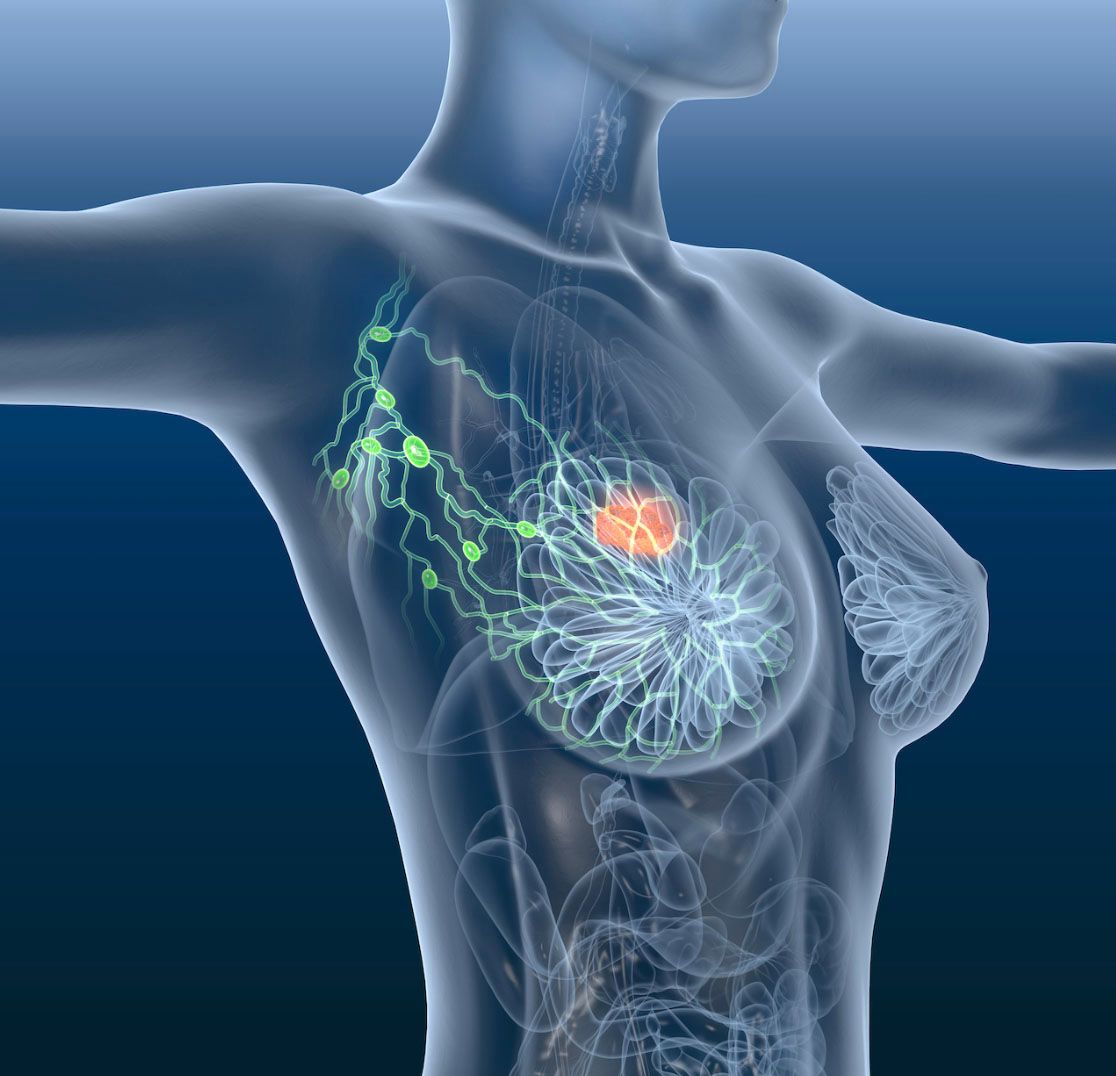Treatment in Breast Cancer Influenced by Race and Socioeconomic Status
Race, socioeconomic status, and care barriers are factors that affect the timing of treatment and treatment duration throughout the care continuum according to a recent study.

Race, socioeconomic status (SES), and care barriers are factors that affect the timing of treatment and treatment duration throughout the care continuum according to a study published in the American Cancer Society Journal by researchers at the University of North Carolina. Specifically, Black women with breast cancer experienced longer treatment durations and a higher rate of delayed treatment.1
“Our study found that Black women experienced delays in both treatment initiation and duration more often than white women,” Marc Emerson, PhD, the paper’s first author and postdoctoral fellow at UNC Lineberger and UNC Gillings School of Global Public Health, said in a statement. “Even among women with low SES, we still saw fewer delays among white women, underscoring the disparate experience of Black women, who appear to experience unique barriers.”2
The investigators looked at 2841 patients with stage I through III disease who participated in the Carolina Breast Cancer Study, which was started in 1993 to look at potential disparities between the treatment and outcomes for Black and White women. They used latent class analysis to look at women of similar SES, tumor characteristics, and those who have similar access to care. These latent classes were evaluated for association with treatment delay, meaning initiation over 60 days after diagnosis, and treatment duration measured in quartiles by treatment modality.
The results showed that overall, Black women were more likely to have treatment delayed at 13.4%, than White women at 7.9%. There were also 21.1% of White women still on treatment in quartile 4—which was equal to 49 days for radiation, 74 days for definitive surgery, and 119 days for chemotherapy modalities—versus 29.9% of Black women.
In this study, 32% of younger Black women (under the age of 50) were in the highest quartile of treatment duration compared with 22% of younger White women. There was a higher frequency of delayed treatments for Black women when adjusted for relative difference (RFD), at 5.5% (95% CI, 3.2%-7.8%) and prolonged treatment duration when adjusted for RFD, at 8.8% (95% CI, 5.7%-12.0%).
For SES, White women with low status had treatment delay at 3.5% with adjusted RFD (95% CI, 1.1%-5.9%), but Black women had had high frequency of treatment delay at all levels of SES. Black women with high SES had an 11.7% rate versus 6.7% for White women with high SES and 10.6% for White women with low SES.
Access to care and SES were not significantly associated with delayed initiation for Black women.
White women and Black women both have the same risk of developing breast cancer, but Black women are 42% more likely to die from their disease, and the mortality rate is doubled for Black women under the age of 45 compared with White women under 45.2
“Describing and studying the complex set of factors that influence women’s health care experience is a challenge, but this approach helps develop a more complex understanding,” Melissa Troester, PhD, the study’s senior author and professor of epidemiology at the UNC Gillings and professor of pathology and lab medicine at UNC School of Medicine, said in a press release. “We observed that the duration of treatment was a particularly sensitive indicator of access. This suggests that in addition to helping patients start treatment on time, we also have to work toward improving access, so treatment doesn’t drag on.”
References:
1. Emerson MA, Golightly YM, Aiello AE, et al. Breast cancer treatment delays by socioeconomic and health care access latent classes in Black and White women. Cancer. 2020. doi: 10.1002/cncr.33121
2. Study: Black women with breast cancer experience delayed, longer treatment than whites. News release. September 21, 2020. Accessed September 24, 2020. https://bit.ly/3ctyshd